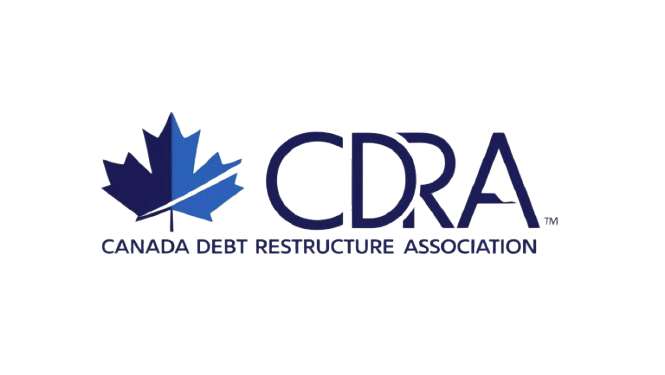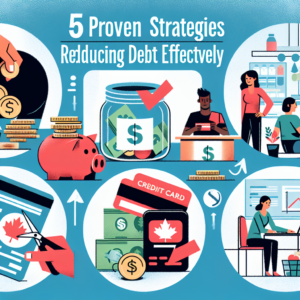Financial freedom is a goal that resonates with many individuals across Canada. It represents not only the absence of debt but also the ability to make choices that enhance one’s quality of life. Achieving financial freedom can seem daunting, especially in a landscape where rising costs and economic uncertainties abound. However, with the right knowledge and strategies, Canadians can pave their way to a debt-free future. This article explores key concepts related to financial freedom and offers step-by-step strategies to help individuals achieve their financial goals.
Understanding Financial Freedom: Key Concepts for Canadians
Financial freedom is not just about having a hefty bank balance; it involves a holistic approach to managing money and assets. For Canadians, this means understanding the concepts of budgeting, saving, investment, and credit management. Budgeting is essential for tracking income and expenses, allowing individuals to allocate funds toward debt repayment and savings. It lays the groundwork for making informed financial decisions that align with one’s long-term goals.
Another critical aspect is the management of debt. Canadians often face various types of debt, including student loans, credit card balances, and mortgages. Understanding how to manage these debts effectively—such as making timely payments, knowing when to consolidate, and recognizing the impact of interest rates—can significantly influence one’s path to financial freedom. Additionally, credit scores play a pivotal role in financial health, affecting everything from loan approvals to interest rates.
Lastly, building an emergency fund and investing wisely are crucial components of achieving financial freedom. An emergency fund acts as a financial cushion during unforeseen circumstances, reducing the reliance on credit. Investments, whether in stocks, bonds, or real estate, can provide passive income and long-term wealth accumulation. By grasping these key concepts, Canadians can lay a strong foundation to work towards a future free from debt.
Step-by-Step Strategies to Achieve a Debt-Free Future
To embark on the journey toward a debt-free future, the first step is to assess your current financial situation. Create a comprehensive list of all your debts, including the amounts owed, interest rates, and due dates. This will help you understand the full scope of your financial obligations and prioritize which debts to tackle first. Many financial experts recommend using the snowball or avalanche methods for debt repayment. The snowball method focuses on paying off the smallest debts first, which can provide quick wins and motivation. The avalanche method, on the other hand, emphasizes paying off high-interest debts first, potentially saving money on interest over time.
Once you have a clear picture of your debts, develop a budget that allocates funds towards paying them down. This budget should account for your living expenses, savings, and debt repayment. It’s essential to track your spending habits and identify areas where you can cut back. Consider using budgeting apps or spreadsheets to stay organized. Additionally, setting specific, achievable goals can foster a sense of accomplishment and keep you motivated. For example, aim to reduce your total debt by a certain percentage within six months, or commit to not incurring any new debt during your repayment journey.
Finally, consider seeking professional financial advice if needed. Financial advisors can provide valuable insights tailored to your unique situation and assist you in developing a comprehensive plan. Engaging in financial literacy programs can also empower you with the knowledge to make informed decisions. Being proactive about your financial education will not only aid in achieving debt freedom but also in maintaining it long-term. Remember, the path to financial freedom is not a sprint; it’s a marathon that requires consistent effort and commitment.
Achieving financial freedom is a realistic goal for many Canadians, provided they are equipped with the right knowledge and strategies. By understanding the key concepts of budgeting, debt management, and investment, individuals can take actionable steps toward a debt-free future. Implementing a structured approach to assessing and addressing debts, creating a rigorous budget, and seeking professional advice when necessary can significantly enhance one’s financial health. With determination and informed strategies, Canadians can look forward to a future where financial independence is not just a dream, but a sustainable and fulfilling reality.



